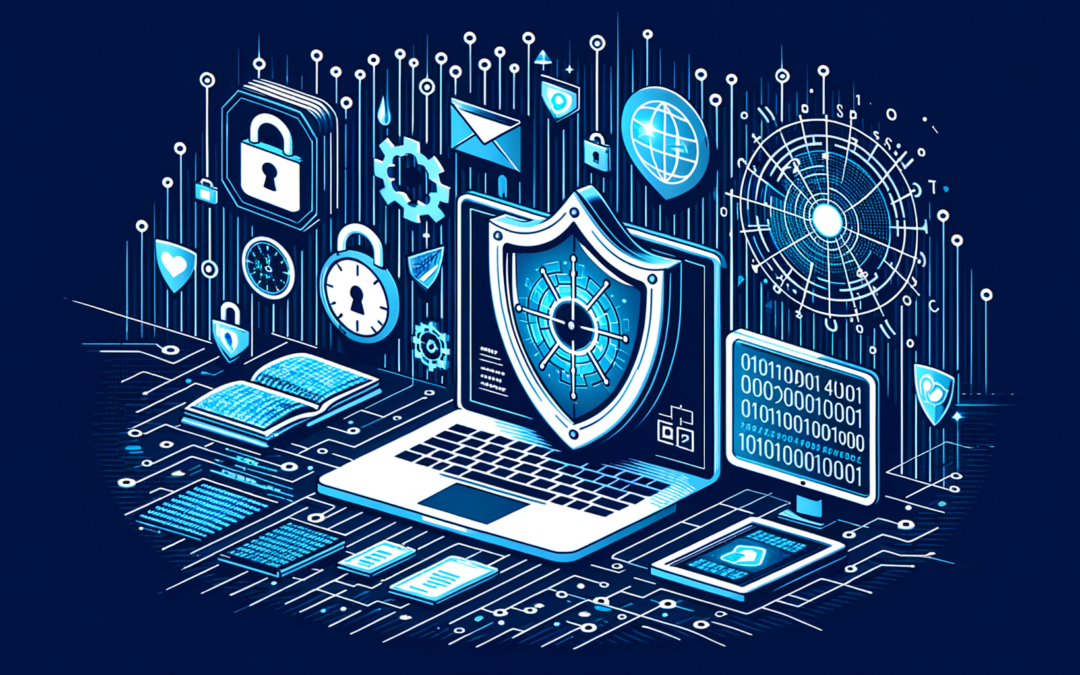Table Of Content

TL;DR: Implementing a zero-trust strategy is crucial for securing remote workforces in today’s digital age, focusing on identity, devices, applications, and data security.
Remote workforces are rapidly becoming standard practice, necessitating heightened security protocols to safeguard delicate information. Federico Charosky, the founder and CEO of Quorum Cyber, underscores the critical nature of deploying a zero-trust strategy for effectively securing remote employees. This article explores the fundamental elements involved in formulating a zero-trust framework tailored for remote work situations.
Understanding Zero Trust
The notion of Zero Trust has gained prominence in cybersecurity, advocating for a rigorous approach to data and system protection amidst a growingly interconnected digital world. Zero Trust is predicated on the assumption that threats can arise from both inside and outside the network, challenging the traditional security model that trusted entities within a network perimeter.
Overcoming Obstacles with Traditional Security Models
Conventional security models, centered around network perimeters, falter in addressing the sophisticated cyber threats and insider risks prevalent today. These outdated methods struggle with the dynamic nature of contemporary work settings, particularly with the rise of remote work and BYOD policies.
Emphasizing Identity in Security Measures
A pivotal aspect of Zero Trust is its focus on identity rather than network boundaries, treating user identity as the cornerstone of resource access. This approach enables more fine-tuned access controls and continuous monitoring, significantly enhancing an organization’s security against unauthorized intrusions and potential breaches.
Key Components of a Zero Trust Strategy for Remote Teams
To protect remote staff effectively, a zero-trust model insists on:
- Continuous Authentication: Regularly verifying user identities to prevent unauthorized access.
- Time-Based Access: Adhering to the principle of least privilege, limiting access to what is necessary and only when needed.
- Assume Breach Outlook: Focus on both defense and rapid detection to address breaches proactively.
Zero Trust Design Elements: Identity, Device, Applications, and Data
The design process of a Zero Trust framework for remote workers involves thorough considerations of:
- Identity: Implementing advanced authentication techniques and moving away from passwords.
- Device: Ensuring all devices comply with established security standards.
- Applications: Strictly managing application access and policies.
- Data: Implementing strong measures for data discovery, classification, and access restriction.
Advancing Zero Trust in Remote Workforce Settings
Transitioning to an identity-focused security boundary is crucial for enhancing protections in remote work environments. This includes detailed data security programs that control access to sensitive information and training for staff to adeptly implement and manage Zero Trust strategies.
Conclusion
As remote work becomes increasingly prevalent, adopting a zero-trust approach is no longer optional but necessary for ensuring a secure operational environment. This strategy provides a robust framework against the evolving landscape of cyber threats.
For businesses ready to strengthen their defense systems against digital threats, Jun Cyber delivers cutting-edge Zero Trust strategies tailored to secure remote workforces. Learn more about how Jun Cyber can help fortify your cybersecurity today.
Link to original article: www.cyberdefensemagazine.com/how-to-design-a-zero-trust-strategy-for-remote-workers/



